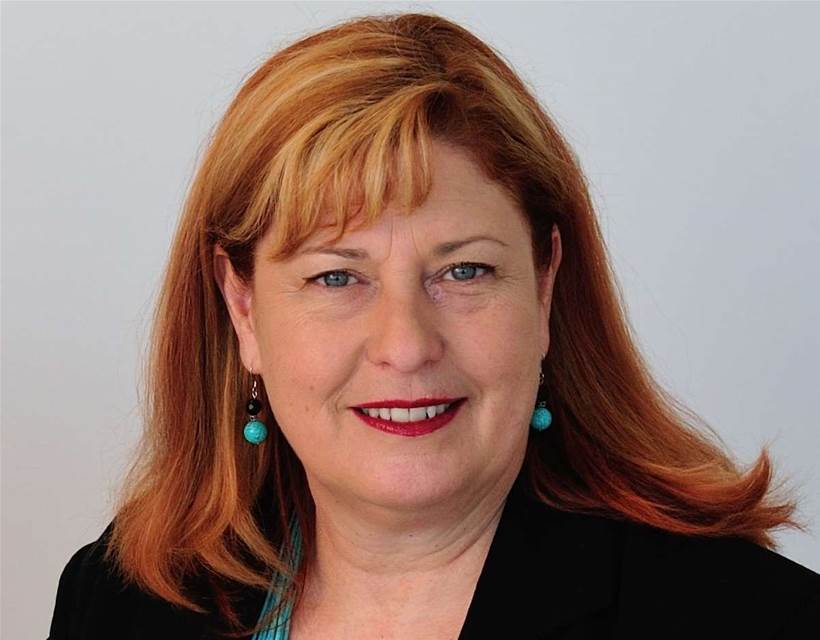"When people say to me, 'Is there a glass ceiling?' - certainly in the commercial world it's sometimes not just glass," Jo Stewart-Rattray says of her experience rising through the IT ranks.
"It's granite and you best take your jackhammer with you."
The current ACS South Australian branch chair and information security director at commercial advisory firm BRM Holdich is keen to see more women take on senior IT leadership roles - but she knows only too well the challenges they face getting there.
One challenge is the pay disparities between male and female executives. Then there's those who will put themselves between rising stars and their career progression.
"There are definitely people who will want to hold you back and you have to be prepared to fight for what you know you are good at and where you believe you can go and can achieve," Stewart-Rattray said in an interview with Information Age.
The identity of these people is not always predictable, as Stewart-Rattray has found out.
"I've been in situations where I've had women putting their foot on the back of my coattail to hold me back," she says. "I had never ever expected to see that.
"It shocked me the one time it did happen and I vowed never to be that woman, to always to be there to encourage because I thought that's what we [women in IT] did."
One thing Stewart-Rattray hasn't done is wait for any employer to provide professional development opportunities.
"While rising up through the ranks, all the way I made sure that I was attending to my own professional development, not waiting for the organisation to offer it to me," Stewart-Rattray said. "I went out and sought qualifications and credentials."
Gender targets
While many companies - including those that are ASX-listed - have sought to increase the participation of women in executive roles via gender diversity policies, Stewart-Rattray is unconvinced on their efficacy.
"I'm not fond of mandated targets, particularly if they're mandated by government," she said.
"Often times what you see is you will get 30 percent women on a board, for example, but it's the same women over a number of boards.
"You have to make sure that there is diversity in who you see in these roles as well, that it's not the same people popping up over and over again. It should also be noted that boards with women on them perform far better than those that are all male in makeup."
However, as the latest Females in Information Technology and Telecommunications (FITT) diversity report reveals, there are "mixed feelings on the topic" of targets among women.
Its survey of 205 Australian women in IT found 66.3 percent of respondents either "very comfortable" or "comfortable with gender targets being formally established and measured".
However, 20.6 percent of women were "uncomfortable" with the idea, and a further 13.1 percent were noncommittal.
Stewart-Rattray believes that gender should not be broken out as a separate diversity issue.
"We are living in 2015," she said.
"When we're looking at that very senior level of boards and executive management, we should be talking about diversity full stop, not just about gender diversity."










